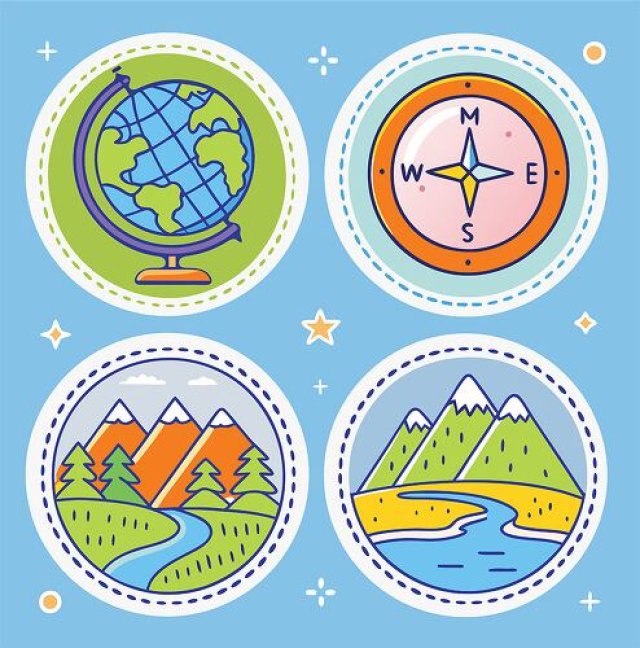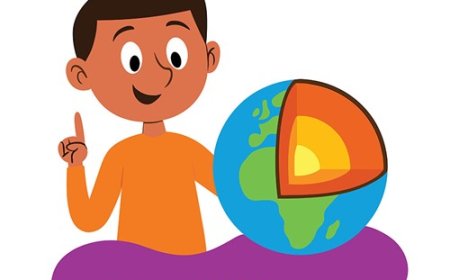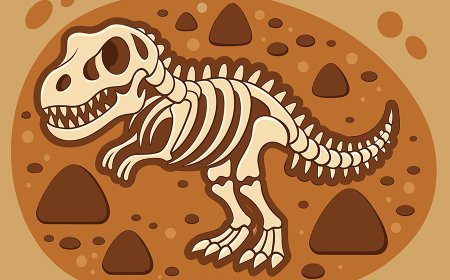Landforms for Kids: Types, Examples, and How Landforms Form | Academic Kids
Explore landforms in this kid-friendly guide! Learn about types of landforms, how they form, famous examples, and why they matter to Earth and humans.

🗺️🌍 Landforms: The Shapes of Earth’s Surface
🌼 Introduction
Look around you—every hill, valley, and mountain is part of Earth’s amazing variety of landforms. A landform is a natural feature that shapes the surface of the planet. Some landforms are flat and wide, like plains, while others rise high above the ground, like mountains and volcanoes. Landforms are created over thousands or millions of years by forces such as wind, water, ice, and movements deep within the Earth.
In this guide, you’ll discover what landforms are, how they form, and why they matter to people, animals, and plants.
🌍 What Are Landforms?
Landforms are the different shapes and features that make up Earth’s landscape. They can be small, like a hill in your neighborhood, or huge, like the Rocky Mountains. Landforms are divided into major and minor types.
Major landforms include:
- Mountains: Tall, rocky peaks formed by tectonic forces or volcanic activity.
- Plains: Large, flat areas of land.
- Plateaus: High, flat regions raised above surrounding land.
- Hills: Raised areas lower and rounder than mountains.
- Valleys: Low areas between hills or mountains, often with rivers running through them.
Minor landforms include:
- Canyons
- Cliffs
- Dunes
- Buttes
- Mesas
Each landform has its own story about how it formed and what makes it unique.
🪨 How Do Landforms Form?
Landforms are created by powerful natural processes that shape and reshape the surface of Earth over time.
Some of the main forces that form landforms are:
- Tectonic Activity: Movements of Earth’s plates push land up to form mountains or pull it apart to create valleys.
- Volcanic Activity: Lava from volcanoes cools and builds new mountains or islands.
- Erosion: Water, wind, and ice wear away rocks and move sediments to create canyons, cliffs, and beaches.
- Deposition: Sand, mud, and other materials settle to form deltas and sand dunes.
- Glaciers: Huge sheets of ice carve out valleys and shape mountain peaks.
These processes happen slowly—sometimes taking millions of years—but they never stop.
🗻 Examples of Famous Landforms
Our planet is home to many spectacular landforms you may have heard about:
- Mount Everest (Nepal/China): The tallest mountain on Earth.
- Grand Canyon (USA): A massive canyon carved by the Colorado River.
- Sahara Desert (Africa): The largest hot desert in the world.
- Great Plains (USA): Huge flat lands perfect for farming.
- Ayres Rock / Uluru (Australia): A giant sandstone rock rising from the flat desert.
- Himalayas (Asia): The tallest mountain range.
Each of these famous places attracts scientists, tourists, and explorers from around the world.
🌿 Life on Landforms
Different landforms support different kinds of life.
- Mountains: Home to hardy plants and animals adapted to cold, thin air.
- Deserts: Hot and dry, but many species survive by conserving water.
- Plains: Grassy areas perfect for grazing animals.
- Valleys: Rich soil and rivers help crops grow.
- Islands: Often have unique plants and animals found nowhere else.
Humans also depend on landforms for shelter, farming, recreation, and resources like minerals and water.
🏞️ Why Are Landforms Important?
Landforms play a big role in shaping Earth and our lives:
- Habitats: They provide homes for wildlife.
- Resources: Mountains and valleys can contain minerals, forests, and fresh water.
- Climate: Mountains can block rain and create deserts on the other side.
- Culture: Many landforms are part of cultural stories and history.
- Tourism: Famous landforms attract visitors and support jobs.
🛑 How Do Humans Affect Landforms?
People can change landforms in good and bad ways:
- Mining and quarrying: Remove rock and minerals.
- Dams: Change river valleys.
- Deforestation: Speeds up erosion.
- Urban development: Levels hills or fills valleys.
- Conservation: Protects landforms through parks and preserves.
It’s important to find balance so we can use natural resources without destroying what makes each landform special.
✨ Interesting Facts About Landforms
- The Grand Canyon is 277 miles long and over a mile deep.
- Mount Everest grows about 0.16 inches every year as the plates keep moving.
- Sand dunes can move and change shape with the wind.
- The Mariana Trench in the Pacific Ocean is the deepest point on Earth.
- Antarctica is considered a polar desert because it gets so little rain.
- Plateaus can be larger than some countries.
- Many mountain ranges were once sea floors millions of years ago.
📝 Kid-Friendly Summary
Landforms are the different shapes on Earth’s surface, like mountains, valleys, deserts, and plains. They form over a long time from things like moving plates, erosion, and volcanoes. Landforms are important because they give animals and people places to live and provide resources. Even though people sometimes damage landforms, we can protect them by taking care of the environment.
🧠 Vocabulary Words
| Word | Definition |
|---|---|
| Landform | A natural feature of Earth’s surface. |
| Erosion | Wearing away of rocks by water, wind, or ice. |
| Deposition | When sediments are laid down in a new place. |
| Tectonic | Related to movements of Earth’s plates. |
| Volcano | An opening in Earth where lava comes out. |
| Glacier | A large, slow-moving mass of ice. |
| Plateau | A flat, elevated landform. |
| Canyon | A deep valley with steep sides. |
| Valley | A low area between hills or mountains. |
| Plain | A large, flat area of land. |




















































